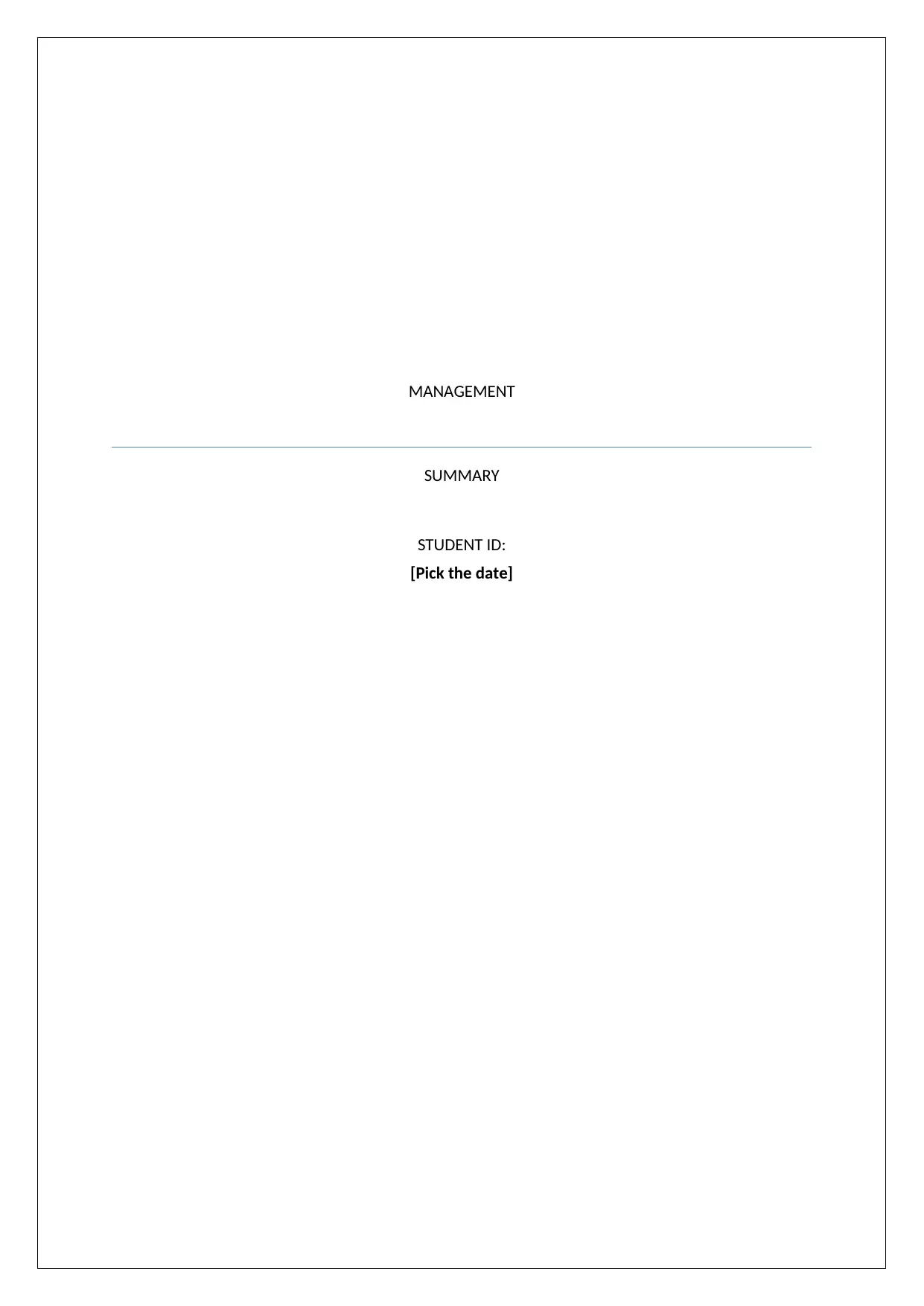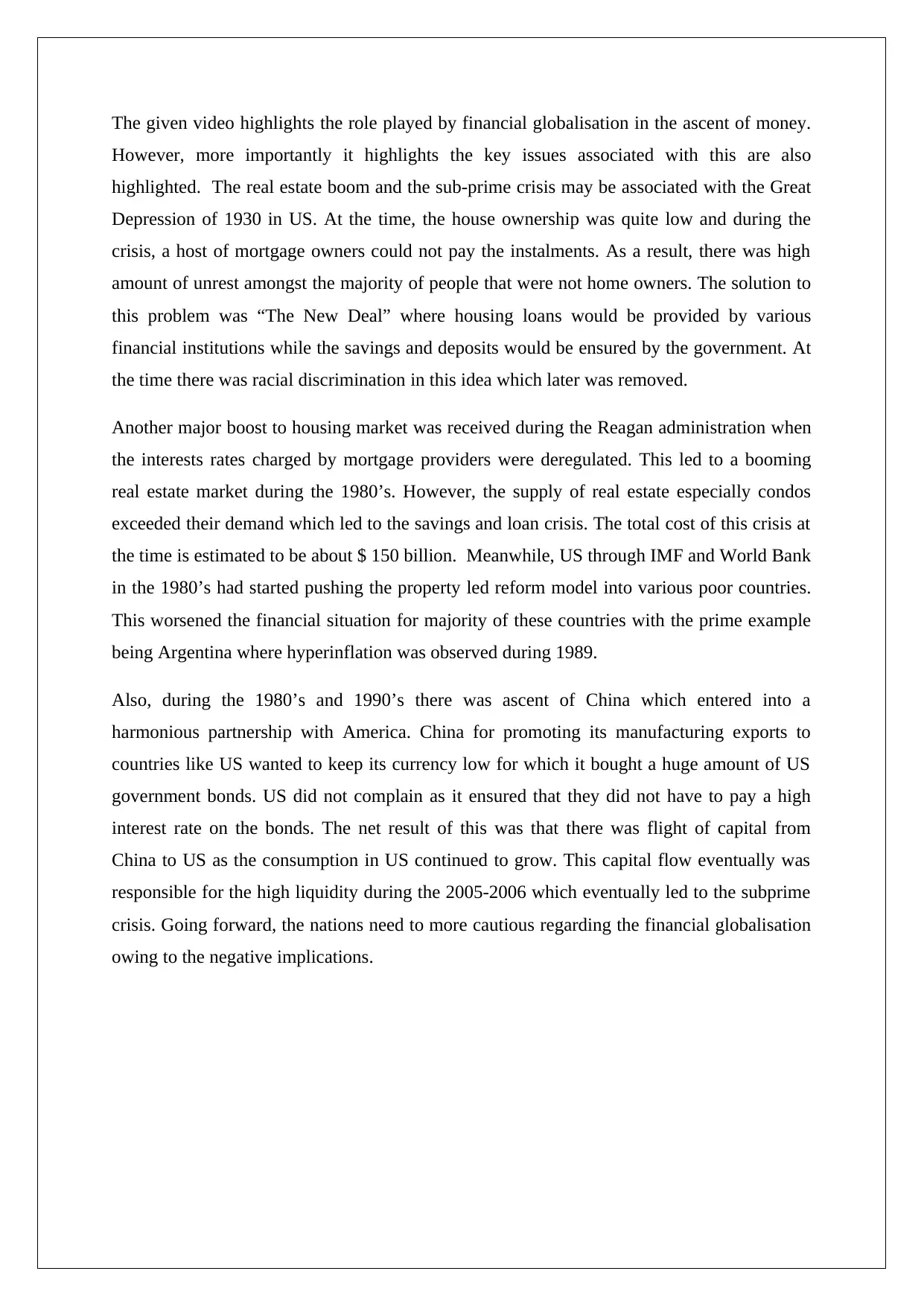Planet Finance Summary - Real Estate Market, Subprime Crisis Analysis
VerifiedAdded on 2023/01/17
|2
|422
|76
Report
AI Summary
1 out of 2
Added on 2023/01/17


Your All-in-One AI-Powered Toolkit for Academic Success.
Available 24*7 on WhatsApp / Email
![[object Object]](/_next/static/media/star-bottom.7253800d.svg)
© 2024 | Zucol Services PVT LTD | All rights reserved.